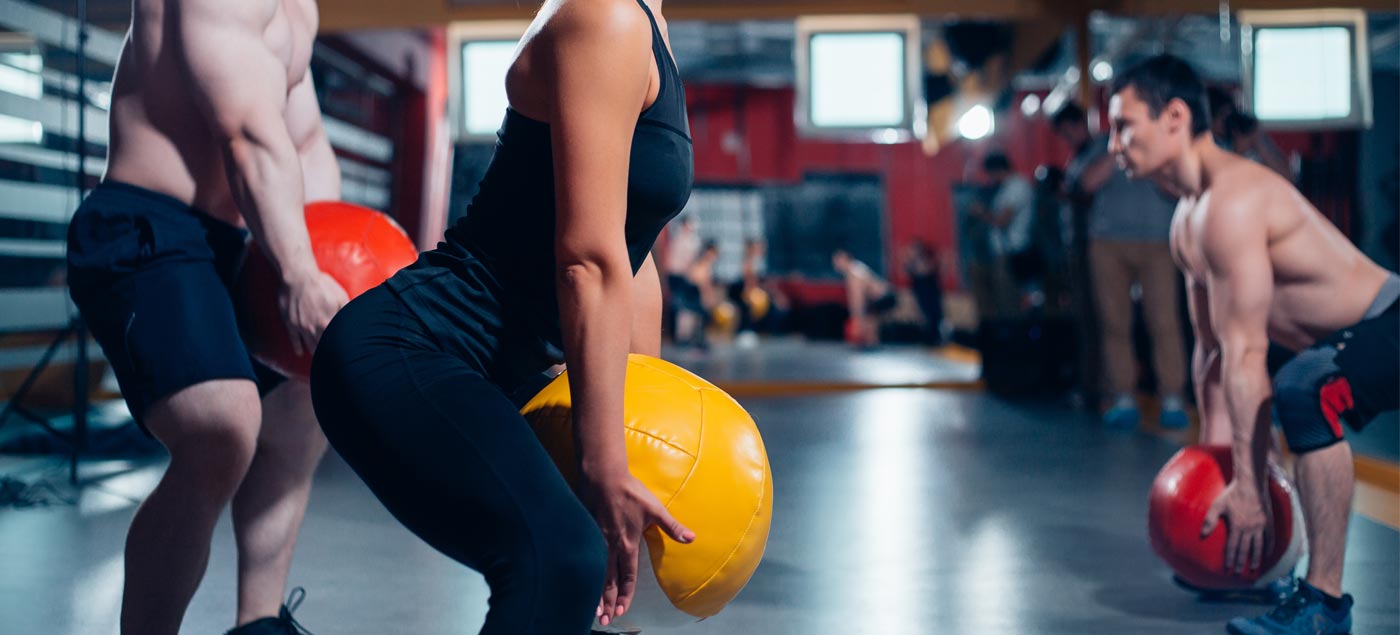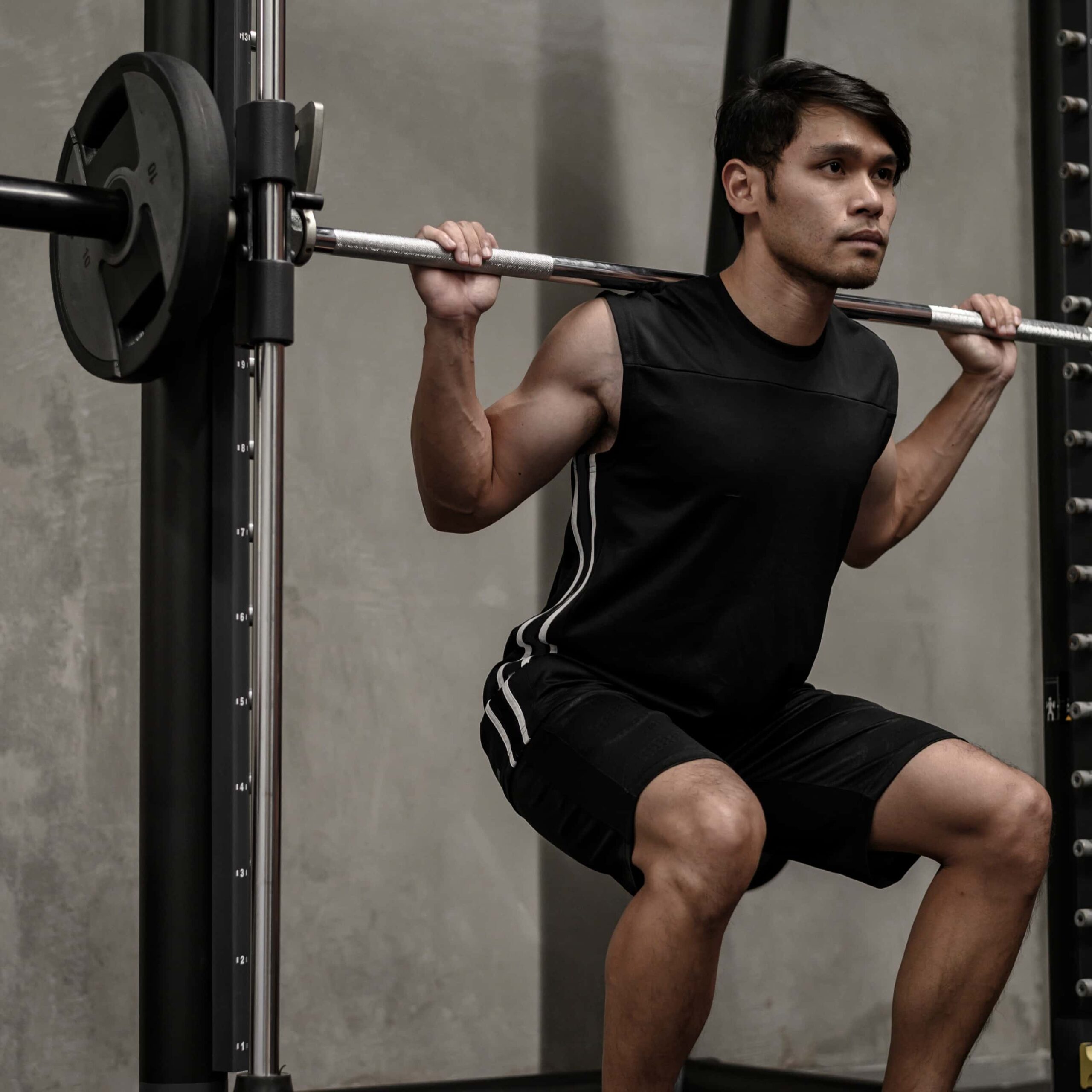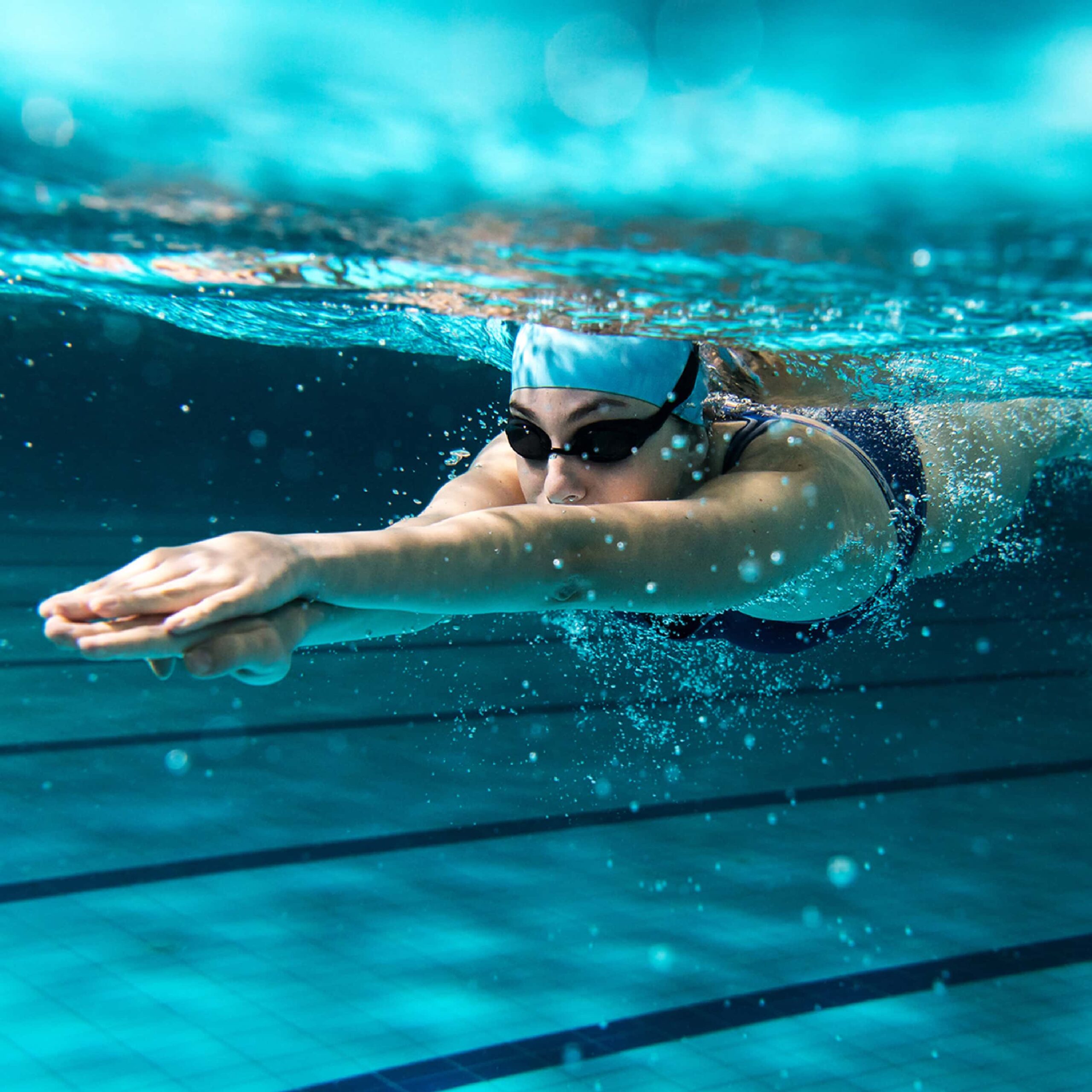How to Track Your Workout & Fitness Goal Progress
3rd Apr 20

Tracking your fitness and workout progress is always one of the most fundamental parts of success. Without monitoring yourself, it’s impossible to know if you’re doing enough of the right thing, too much of the wrong thing, or making mistakes in general. Without it, you might cause yourself some issues in the long run. It needs to be a habit you get into.
One of the biggest reasons people don’t track their fitness or workout progress is simply that they don’t know how to. That’s fair enough since it’s not an easy thing to do, especially if you’re doing something new. It still needs to change, though.
Because people have so many different types of fitness goals, too, it can be even harder to know the right way to monitor yourself. There is a range of different ways that you can use to measure your progress, but finding the right one may not be as simple as you think.
Want to move fast? Jump to the right section below.
- Workout/Performance Progress
- Progress Pictures
- Muscle Size
- Weight Loss
- Waistline/Bodyfat If Dieting & Lifting
- A Little Reminder…
Workout/Performance Progress

The results are the most accurate and tangible way to measure your actual fitness improvements. Of course, it’s always in the results, but the specific results are what we mean here. For example, if you’re training specifically for your fitness and to improve your cardiovascular health, you can check your progress against yourself. If you could run for 30 minutes when you first started, how long can your run for now, for example?
The same applies to weight training in the same way too. This is probably even easier to compare your result progression. You can go through the direct power route to track your fitness progress, which you can max in one rep. You can also go much less specific than that and simply look at what weight your standard sets are compared to what you did when you started. Again, you’ll likely see a huge difference if you have given enough time to progress in-between measurements.
Progress Pictures

A slightly less scientific but by no means any less effective is to look at progression pictures. Pictures of yourself before you started exercising and after a few weeks or months can be drastically different. They can be a great way to motivate yourself in the long run, too, as you see all of your hard work paying off.
You can even take this to the next level by taking weekly or daily pictures and putting them into some sort of time-lapse. Doing so will literally show the fat falling off of you and/or the muscle-building up. This can help you to see how vital every workout is to the end goal.
Muscle Size

Keeping on the idea of actually seeing your muscle growth throughout your training, you can measure this directly too. Much like weight loss watches the scales to see the pounds come off; muscle gain can be tracked super accurately.
If you measure the size of a muscle, say the circumference of your bicep, you can measure it again weeks later to see how much extra size you’ve gained. You can pretty much guarantee this is muscle growth if your diet is consistent, which is a great way to keep your spirits up.
Weight Loss

Weight loss, on the other hand, can be a lot more difficult to measure consistently and accurately. It can actually be misleading if you’re too granular with your fitness progress tracking. The scales are most people’s first thought concerning how well they are doing, but this isn’t always the case. If you are training well and combining all different forms of training to get the best results, you’ll have adverse effects using this method. As you lose fat pretty rapidly, you’ll also begin to develop more strength and muscle mass, which weighs more than the fat does. As a result, you will be losing fat and looking a lot slimmer, but the scales may not show you this in the right way.
Crash diets are even worse. The scales will probably show you losing a lot of lbs week in and week out, but it is not a healthy weight. Most people prefer doing this as the results seem to be a lot faster, but it’s not even close to being as effective as proper training. The crash diet does burn fat, don’t get us wrong, but it also results in a dramatic loss in muscle as you are not eating well enough to sustain yourself long-term.
Waistline/Bodyfat If Dieting & Lifting

Like the measurements that can be used to monitor your muscle growth, your waistline can be measured, and progress tracked here too. If you are training well and including strength exercises or H.I.I.T., then this could be the best thing for you. Your fat loss will be pretty huge, as will your muscle growth depending on how you choose to train, but muscle around your hips will not grow to a tremendous amount. Fat loss, however, will still cause it to shrink, meaning that you have a much more accurate way to be able to tell if you are losing fat at a reasonable rate.
There are even more precise ways to do this, too, though. Suppose you can get measured professionally by a medical professional. In that case, you’ll be able to track your body fat loss rate accurately and really see the fruits of your work. You can use machinery such as the Bod Pod for good results too, but many self-measuring methods are just not accurate enough to rely on. Callipers are likely the next best thing, followed finally by electrical measuring systems that track your height, weight, B.M.I., and supposedly your body fat. The latter of the examples is absolutely not accurate. Don’t let it put you off.
A Little Reminder…
Overall, the best way for you to track your fitness and workout progress depends entirely on your goal. Just keep an eye on what you’re able to do, and when you’re getting tired, you’ll see that you’re getting healthier. Track your fitness progress at your own pace. You aren’t competing with anyone but yourself. P.S. Progress pics never hurt anyone.

Before beginning any exercise or nutrition program, consult your physician, doctor or other professional. This is especially important for individuals over the age of 35 or persons with pre-existing health problems. Exercise.co.uk assumes no responsibility for personal injury or property damage sustained using our advice.
If you experience dizziness, nausea, chest pain, or any other abnormal symptoms, stop the workout at once and consult a physician or doctor immediately.









